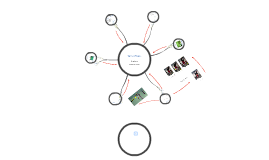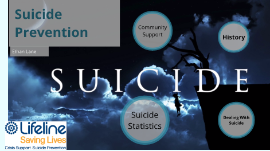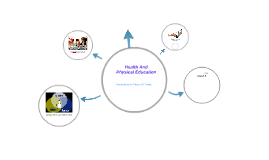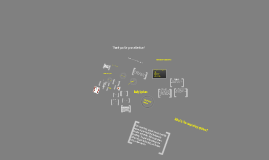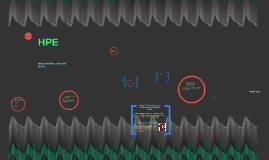HPE
Transcript: Body System The muscular system makes up nearly half the weight of the human body, this is why when we train we sometimes put on weight instead of losing it. We put on muscle weight. The muscles provide the forces that enable the body to move. Muscles stretch across joints to link one bone with another and work in groups to respond to nerve impulses. Types Of Muscles There are nearly 650 skeletal muscles in the human body! Skeletal muslces are attached to the skeleton They work in pairs: one muscle moves the bone in one direction and the other moves it back again Skeletal muscles are voluntary muscles- in other words we think about what movements we want to make (at least,usally) and sends messages via our nervous system to tell the appropriate muscle(S)to contract Muscle Contractions can be short, single contractions or longer ones. Smooth muscles can stretch and maintain tension over extended periods Smooth muscle is found in our internal organs:in our digestive system, our blood vessels, our bladder, our respiratory organs and, in a female, the uterus. Smooth muscles are involuntary muscles- in other words we do not have to think about contracting them because they are controlled automatically by the nervous system. It would be pretty inconvenient if we had to think about digesting our food for example. As The Name Should Tell You, cardiac muscle is found only in the heart It can stretch, just like smooth muscle, and contract like skeletal muscle. It is a twitch muscle- it only does short single contractions like smooth muscle, cardiac muscle is involuntary. it'd be rather dangerous if it were voluntary- we could stop our heart beating any time we wanted! There are 5 main functions in the muscular system. These 5 are: Movement Stability& Posture Circulation Digestion Heat Generation Main functions of the muscular System Movement is one of the major functions of the muscular system. Muscles have the strength to move bones and perform the required action.These actions are mostly voluntary, which means we direct the muscles to perform the actions. Movement includes running, jumping, climbing, hiking, lifting, biking and other actions. Skeletal System Your Skeletal system is all of the bones in the body and the tissues such as tendons, ligaments and cartilage that connect them. Your teeth are also considered part of your skeletal system but they are not counted as bones. Your teeth are made of enamel and dentin. Enamel is the strongest substance in your body. There are 6 main functions in the skeletal system. These 6 Are: Support Protection Assisting in movement storage of minerals Production Of blood cells storage of chemical energy The Skeleton is the framework of the body, it supports the softer tissues and provides points of attachments for most skeletal muscles. The skeleton provides mechanical protection for many of the body's internal organs, Reducing risk of injury to them. For example. cranial bones protect the brain, vertebrae protect the spinal cord , and the ribcage protects the heart and lungs. Respiratory System What Is The respiratory system ? Your respiratory system is made up of the organs in your body that help you to breathe. Remember, that Respiration = Breathing. The goal of breathing is to deliver oxygen to the body and to take away carbon dioxide. Digestion How Does The Skeletal System Work? Skeletal muscles are attached to bones, therefore when the associated muscles contract they cause bones to move. And one more thing... Thank you for your attention! The cardiac muscles in the heart are responsible for blood circulation within the heart and its pumping to the rest of the body. The elaborate blood vessel network ensures adequate oxygen is made available to these muscles whose contraction and relaxation movements, are vital for the survival of a person. Smooth Muscle Conclusion Heat Generations Protection What Is The Skeletal System? Circulation The skeletal system works in conjunction with your muscular system. The skeletal system works by giving us support and without it, we wouldn't be walking upright. But without the muscles to help, our movement would be very limited. Cardiac Muscle The Muscular system is the main boss of or posture and stability. most of us think that our bodies are at a state of rest during these phases. However, even during these times, certain muscles in the body are constantly contracting and relaxing, making various tiny adjustments, so that your posture can be maintained. Thus, we are able to continue sitting or standing, due to the contraction of muscles. The muscles of the body also provide joint stability, by extending their tendons over the joints. Movement Since we are warm blooded, a constant body temperature ought to be maintained in the body, via temperature regulation. In order to maintain a constant body temperature, the body needs to produce heat. When muscles contract to cause the bones to move, heat is generated. The muscles are responsible






